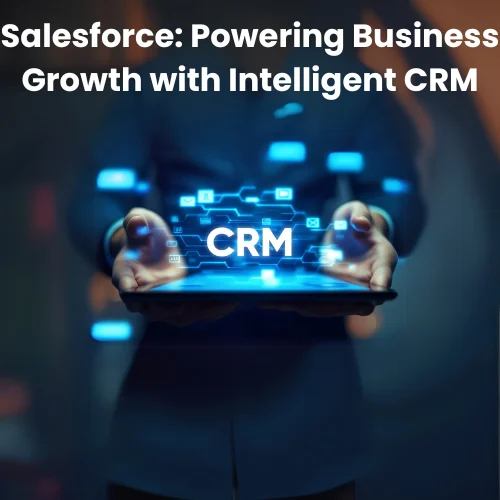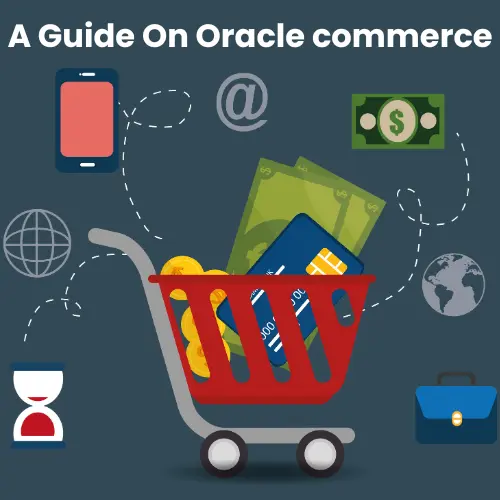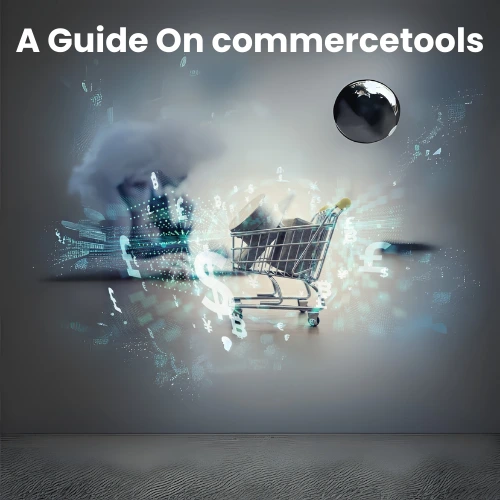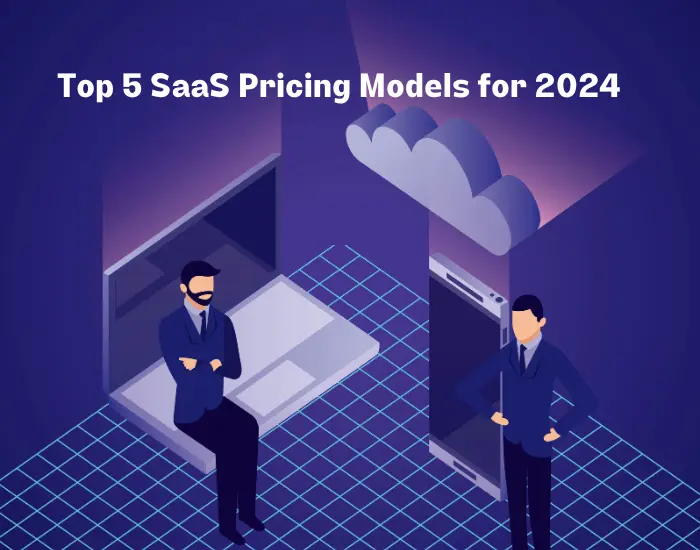Introduction
The Software as a Service (SaaS) industry is experiencing explosive growth, and with it comes an ever-evolving landscape of pricing models. Consider this: a mere 1% improvement in pricing strategy can translate to an 11% increase in profits, according to a study by McKinsey & Company. In this blog post, we’ll explore the top 5 SaaS pricing models for 2024, exploring their strengths, weaknesses, and real-world applications.
Flat Rate Pricing: Simplicity with Trade-offs
Flat-rate pricing is a simple pricing model where a SaaS company offers a single product with a single set of features at a single price. This model is based on the “one size fits all” pricing strategy, and you charge your customers the same amount monthly or annually regardless of how many users or their usage is.
The key characteristics of flat-rate pricing are:
- Simplicity: There are no pricing options or features to choose from. This makes it easy for customers to understand what they’re getting for their money.
- Predictability: Since the price is fixed, customers know exactly how much they will be charged monthly or yearly.
- Inclusivity: All features are included in the price, so customers don’t have to worry about paying extra for additional features.
However, this model is not always the best fit for every business or customer, as it doesn’t allow for much flexibility regarding features or pricing options.
Here are a few examples of companies that use flat-rate pricing:
- Superhuman: Superhuman, an email client, charges a flat rate of $30 per month for access to all its features.
- Basecamp: Basecamp, a project management tool, charges a flat rate of $99 per month for unlimited users and projects.
These examples illustrate how flat-rate pricing can be used effectively in the SaaS industry.
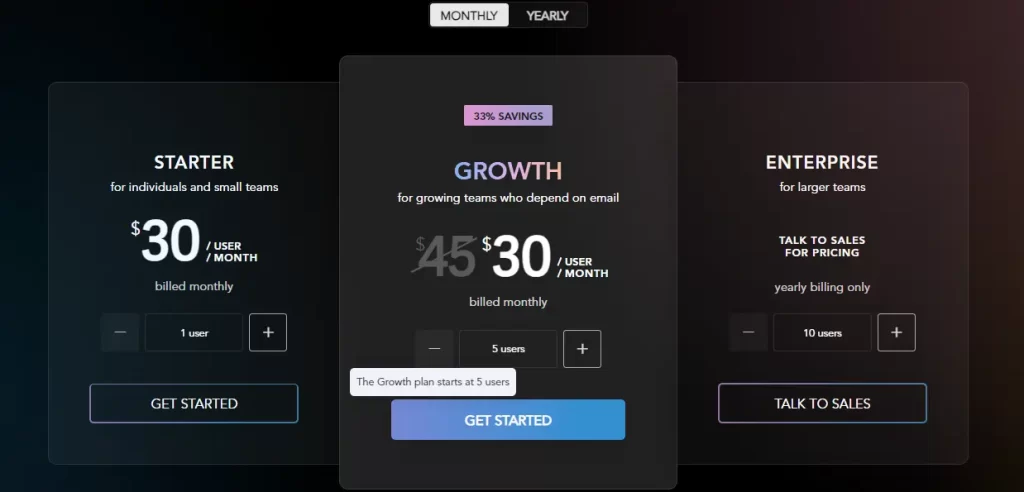
Usage-Based Pricing: Paying for What You Use
Usage-based pricing is a model where the cost of a service is directly tied to the customer’s consumption. In other words, you pay for what you use. This is a common approach in industries where usage can be accurately measured. For instance, your utility company charges you based on the amount of electricity or water you use.
In the context of SaaS, usage could be measured in various ways such as the number of subscribers reached, the number of API calls made, or the amount of data storage used. The key idea is that the more a customer uses the service, the more they pay.
One of the main advantages of this model is that it lowers the barrier to entry for new customers. Since the initial cost can be quite low, it’s easier for customers to start using the service. As their business grows and their usage increases, they naturally move into higher pricing tiers. This makes the pricing model scalable and adaptable to the customer’s needs.
Another advantage is that it can lead to higher customer satisfaction. Since customers only pay for what they use, they don’t feel like they’re wasting money on unused features. This can also lead to better retention rates, as customers are less likely to cancel their subscriptions due to financial constraints.
Let’s take the example of Twilio, a cloud communications platform. Twilio uses a usage-based pricing model where customers pay for the exact number of text messages sent or minutes of calls made. This allows customers to scale their usage up or down based on their needs without committing to a fixed monthly fee.
Similarly, Zapier, a web-based service that allows end users to integrate the web applications they use, also utilizes a usage-based pricing model. Users pay based on the number of tasks they run through the platform. This means if a user only needs to automate a few tasks, they pay less than a user who automates hundreds of tasks.
Usage-based pricing in SaaS is a flexible and scalable model that can lead to higher customer satisfaction and better retention rates. It’s a win-win situation for both the service provider and the customer.
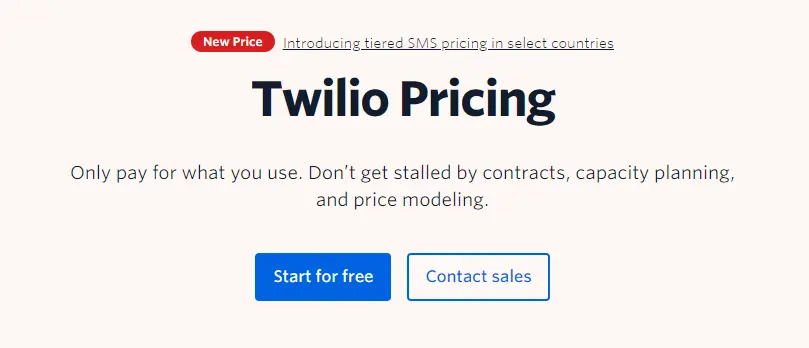
Tiered Pricing: Catering to Diverse Needs
Tiered pricing is a pricing strategy that offers several product plans or packages, each with a specific set of benefits at different price points. These benefits include features, supported users, storage space, and more. The idea is to meet the needs and budgets of different customer personas, giving them the flexibility to choose a product or service that best aligns with their needs and budget.
When using tiered pricing, companies typically offer various pricing tiers. For instance, a company might have a Basic, Advanced, and Enterprise level plan. The Basic plan usually has limited features and service performance levels. The Advanced plan includes all or most of the features offered, while the Enterprise plan includes features or benefits custom to large businesses with unique needs.
Let’s consider some examples to illustrate this:
- Salesforce: Salesforce, a leading customer relationship management (CRM) software provider, offers tiered pricing for its services. They cater to the needs of small businesses, mid-sized companies, and large enterprises with different tiers.
- Zendesk: Zendesk, a customer service software company, also uses a tiered pricing model. They offer different plans with varying features and prices.
- Mailchimp: Mailchimp, an all-in-one Marketing Platform for small businesses, provides various plans based on the size and needs of the business.
- Canva: Canva, a graphic design platform, offers different plans based on the user’s needs. They have a free plan for basic usage, a pro plan for more advanced features, and an enterprise plan for large organizations.
- Microsoft 365 Business: Microsoft offers different plans for their 365 Business product. They have a basic plan for businesses that need easy remote solutions, with Microsoft Teams, secure cloud storage, and Office Online. They also offer standard and premium plans with more advanced features.
In setting up tiered pricing, companies must develop tiers with customer personas in mind, clearly distinguish differences between tiers, and price their tiers carefully. This way, they can attract a broader range of customers, boost sales by encouraging upgrades to higher tiers, and bring in more revenue with higher-volume sales.
In conclusion, tiered pricing is a flexible and effective pricing strategy that can significantly boost revenue streams while simultaneously enhancing overall customer satisfaction.
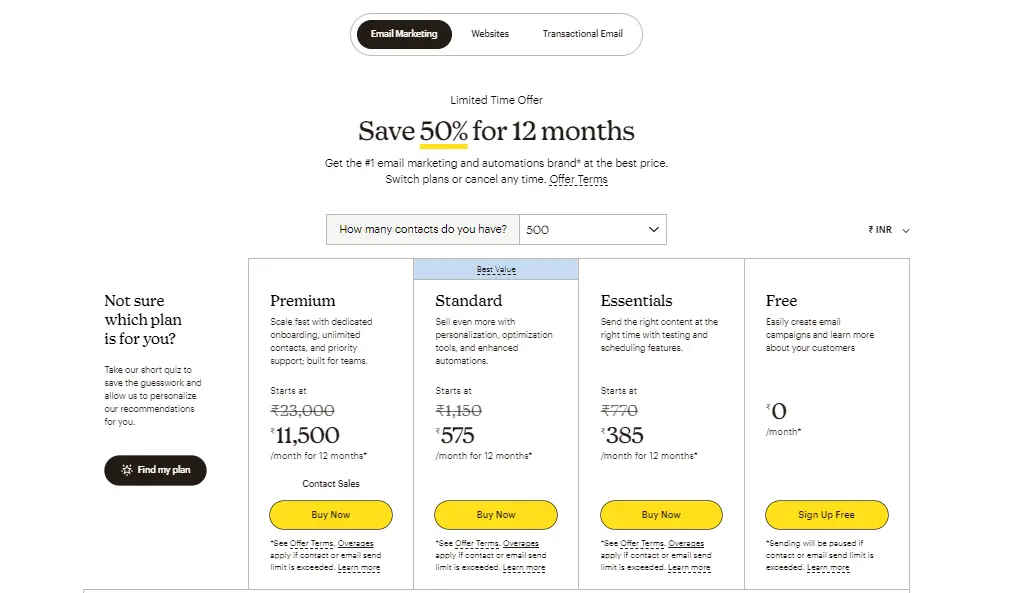
Feature-Based Pricing: Customization at a Cost
Feature-based pricing is a pricing model where the cost of a service is determined by the features a customer uses. This model is often used in conjunction with a tiered model, meaning that as you pay more, you unlock more features. This model is quite transparent and provides value to customers as they know exactly what they are paying for.
For instance, consider a cloud storage service like Dropbox. They offer different plans with varying features. The basic offers a limited amount of storage space and basic file-sharing capabilities. As you move up to the professional or business plans, you get additional features like more storage space, advanced sharing controls, and priority support. This is a classic example of feature-based pricing.
Another example could be a project management tool like Trello. The free version of Trello offers unlimited personal boards, cards, and lists. However, if you upgrade to Trello Gold, you get additional features like custom backgrounds and stickers, and a larger attachment limit. If you go a step further and opt for Trello Business Class, you get even more features like unlimited team boards, priority support, and powerful integrations with other tools.
This model is easy for customers to understand. They can see why they would need to pay more to access additional features. It also allows for easy customization, as customers can choose to upgrade when they need more features.
Upselling is a natural progression in this model. Customers might start with a basic plan, but as they start to see the benefits of your service, they might be willing to pay more for premium features. This model also allows cautious customers to trial basic features before committing to a higher-priced plan.
Feature-based pricing can also be paired with other pricing models like tiered, bundling, or usage-based pricing to provide additional benefits. For example, a SaaS company might offer a bundle of features at a discounted price compared to buying each feature individually.
Finally, this model allows you to clearly state what users get with each pricing option, setting customer expectations from the start. This can lead to higher customer satisfaction as customers know exactly what they are getting for their money.
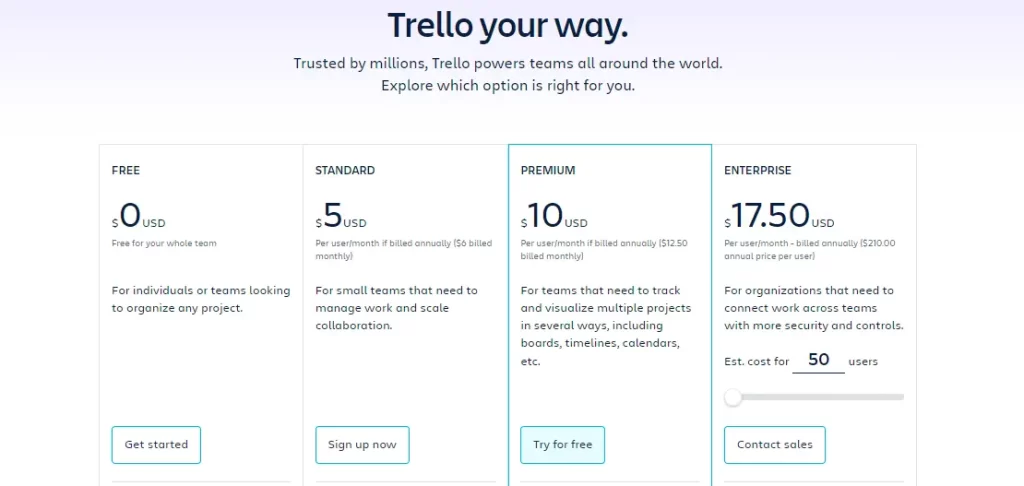
Freemium Pricing: A User Acquisition Powerhouse
Freemium pricing is a business model where the basic features of software are offered for free, while more advanced features or capabilities are locked behind a paywall. This model is particularly popular in the SaaS industry.
The freemium model is unique in that it doesn’t impose a time limit on using its free features, unlike a free trial. Users can continue to use the basic version of the software indefinitely. However, if users want to access more advanced features or remove certain restrictions, they need to upgrade to a paid subscription.
This model is an effective way to acquire new customers. Offering a free version of a product can make it more attractive than competitors who don’t offer a free plan. However, the conversion rates from free to paid users typically range between 1% and 10%. Some companies like Spotify and Slack have achieved conversion rates of over 30%.
Now, let’s look at some examples of successful freemium pricing models in SaaS:
- Dropbox: Dropbox offers a basic account with limited storage for free. Users who need more storage can upgrade to a paid plan.
- Slack: Slack provides a lite version of its product for free, but its premium version offers extra features such as unlimited app integration and larger message storage.
- Zapier: Zapier restricts certain features and sets usage limits in its free version to encourage users to upgrade.
- Grammarly: Grammarly offers a free product version with basic grammar and spelling checks. The premium version offers more advanced features like style and tone suggestions.
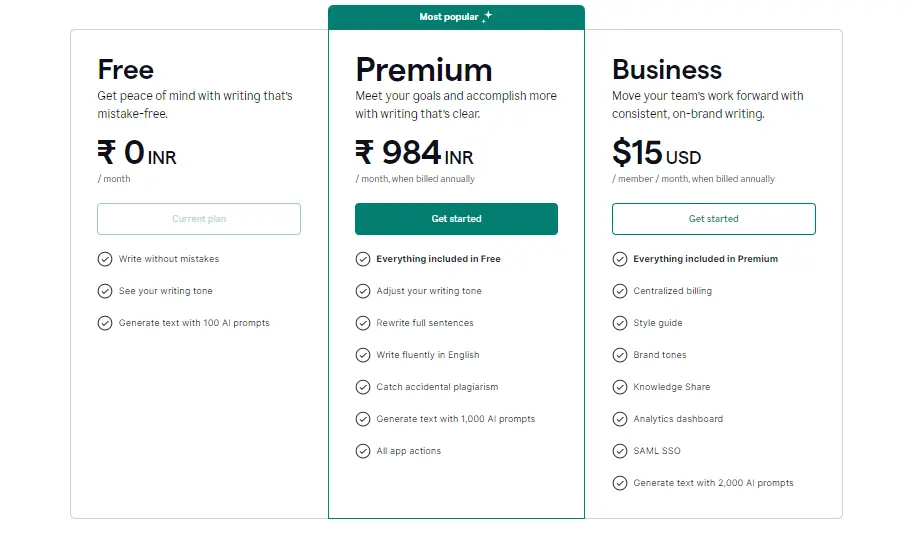
How to Choose the Right Model?: It's All About Value
Choosing the right SaaS pricing model in 2024 depends on several factors specific to your business and product. Here’s a breakdown to help you decide:
Flat-Rate Pricing:
- Pros: Simple, predictable for customers, easy to understand.
- Cons: Lacks flexibility, may not cater to diverse customer needs, potentially undervalues your product for high-use customers.
Consider if: Your product has a fixed set of features and targets a specific customer segment with similar usage patterns. (e.g., Superhuman email)
Usage-Based Pricing:
- Pros: Highly scalable, flexible, fair for low-use customers, reduce entry barrier.
- Cons: Can be complex to manage, and requires accurate usage measurement.
Consider if: Your product caters to various usage needs, and billing reflects actual consumption. (e.g., Twilio communication platform)
Tiered Pricing:
- Pros: Flexible, caters to diverse customer needs and budgets, upsell potential.
- Cons: Can be confusing if tiers are not well-defined, and require careful tier planning.
Consider if: Your product offers a range of features, and targets different customer segments with varying needs. (e.g., Salesforce CRM)
Feature-Based Pricing:
- Pros: Transparent, customers know what they pay for, easy customization.
- Cons: Requires clear feature differentiation, upselling can be aggressive.
Consider if: Your product has clear feature sets with distinct value propositions, upselling is a core strategy. (e.g., Dropbox cloud storage)
Freemium Pricing:
- Pros: Powerful user acquisition tool, easy to try before you buy.
- Cons: Depending on converting free users to paid, requires a strong freemium model with clear price differentiation.
Consider if: Your product has a strong free version that can attract users, upgrading to paid unlocks significant value. (e.g., Grammarly writing assistant)
In addition to the above, consider these factors:
- Market dynamics: Analyze how your competitors price their products.
- Customer value perception: How much value do customers associate with your product?
- Your business goals: Prioritize customer acquisition, recurring revenue, or high margins.
By carefully considering these factors and the strengths and weaknesses of each model, you can choose the best SaaS pricing model for your business in 2024.
